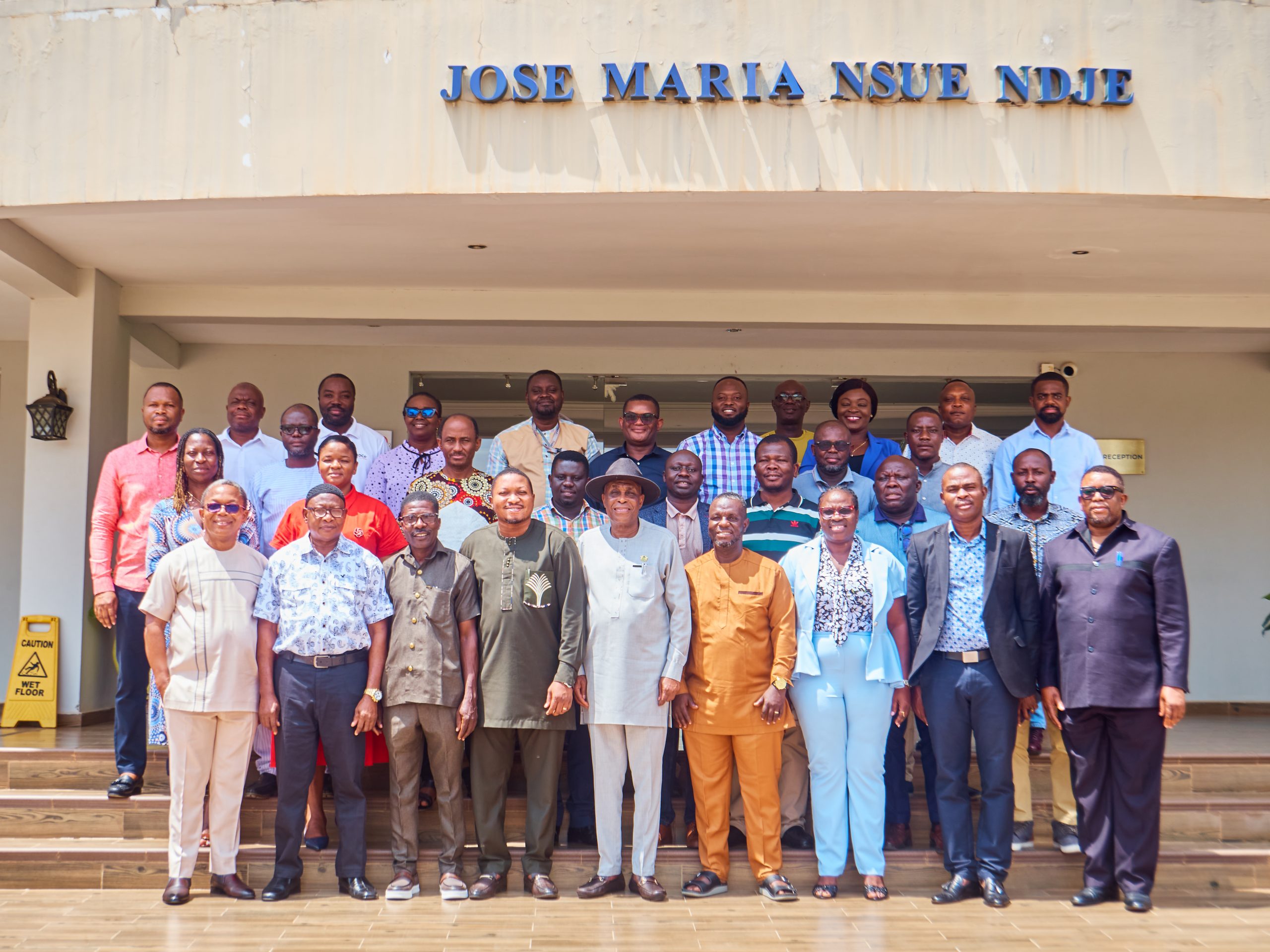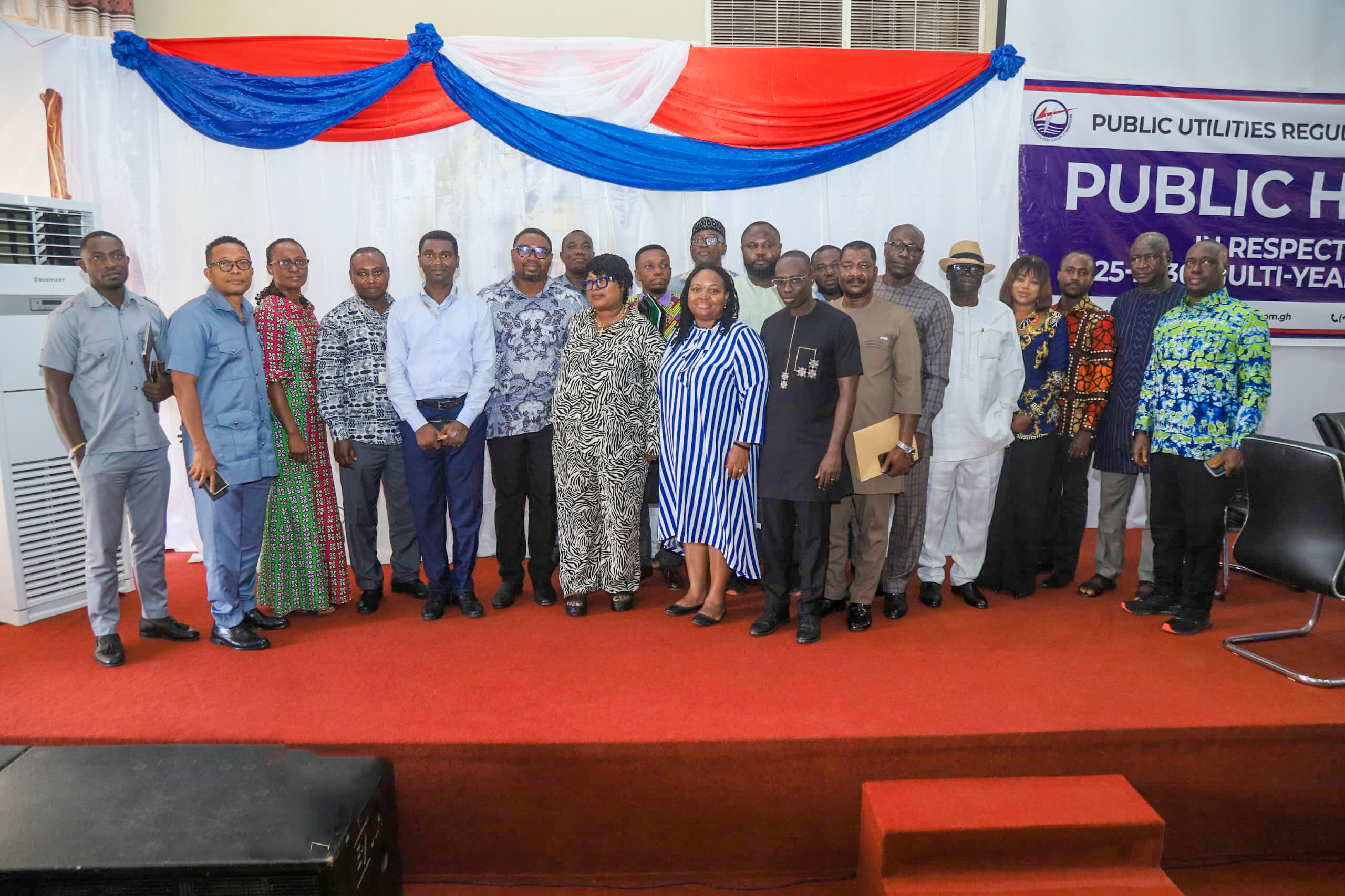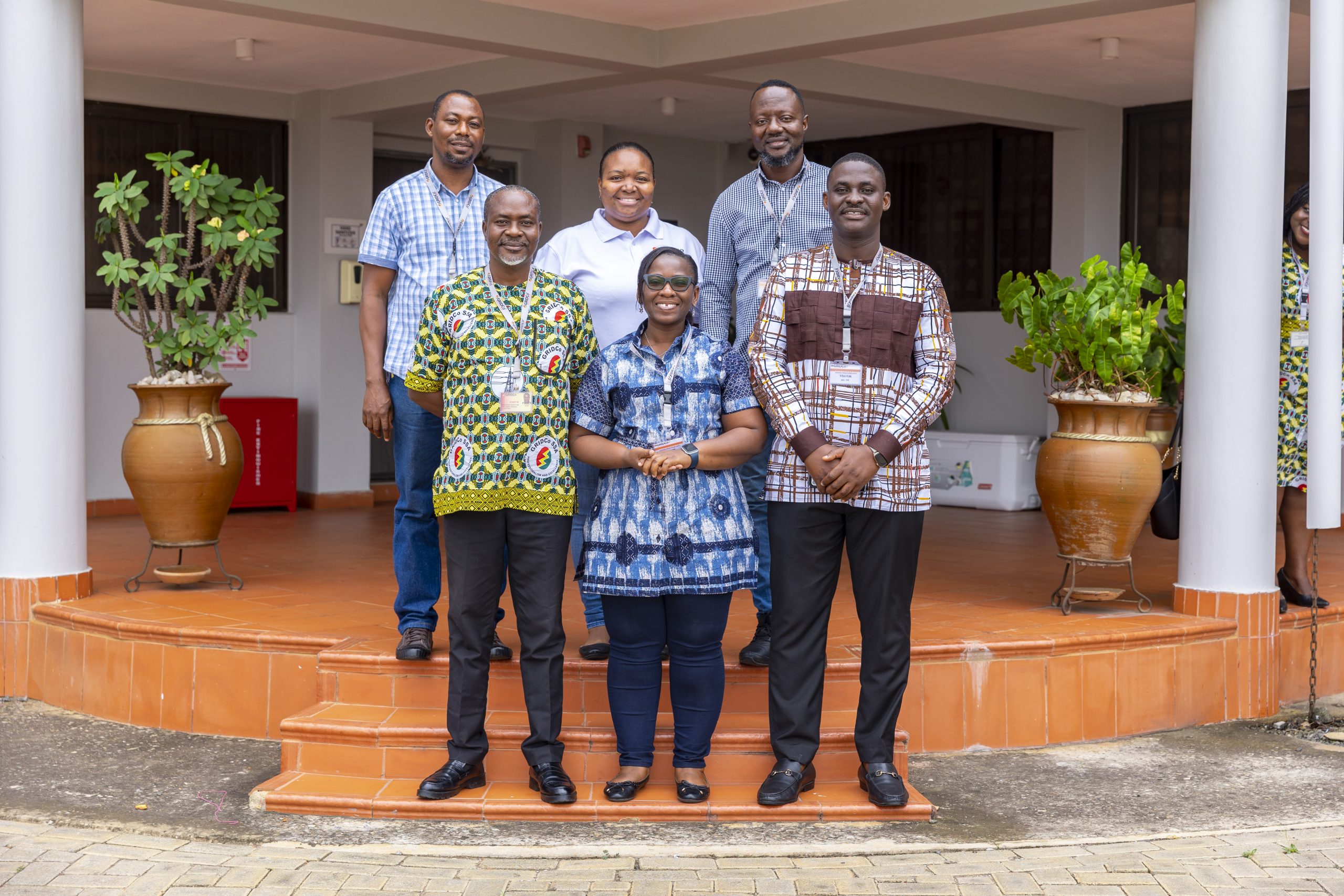The Land Management Department, recently participated in the internal Right-of-Way (RoW) Sensitisation Tour, which served as the final lap for all internal engagements, aimed at promoting a deeper understanding and compliance with the new RoW Policy.
In his remarks, Ing. Bismark Anane, Director, Land Management Department (LMD) said that the issues at stake informed the need for a document to serve as a guide in addressing the daily RoW issues. This led to the setting up of a team, which developed the Policy on March 1, 2024. “This sensitisation is key because we, as staff, are all going to be ambassadors of the policy, so we need to be abreast with the policy”, he said.
Ing. Kafui Kportufe, Manager, RoW Vegetation and Control, led an insightful presentation on the latest RoW Vegetation Control policies, emphasising the challenges of encroachment on GRIDCo’s RoW and the strategies to address them.
Below are Questions (Q) and Answers (A) from the session:
Q: Is there any part of the policy that addresses what can be done, if a landowner refuses to relinquish his/her land?
A: One of the primary objectives of the land acquisition policy is to establish a framework for the acquisition of land including, the prescription methods for obtaining land for projects such as, building transmission lines. Pursuant to the Executive Instrument, land acquisition for national interest purposes, prioritises the provision of fair and adequate compensation to affected landowners, superseding individual interest. Landowners can only exercise their right to receive due compensation. subject to negotiation.
Q: Does the Policy consider structures beyond the zone, for example buildings or tall trees which might pose a threat to the RoW?
A: Yes, the policy also considers structures and features beyond the immediate zone including buildings, construction and vegetation such as, trees that could potentially compromise the safe and efficient operations of the RoW.
Q: To enhance our ground and aerial patrols, can we incorporate GPS location and landmark data to facilitate easy access route identification on transmission lines, thereby improving response efficiency in emergency situations?
A: We are yet to install real-time tracking to equip patrol teams with GPS devices to track their real-time location relative to the transmission lines. This will facilitate precise navigation and route planning, ensuring patrols are on the most efficient path.
Q: Is animal farming permitted under the transmission line RoW?
A: Permitting animal farming under transmission line RoW involves several considerations. Fences, gates or other barriers may be required to prevent the animals from coming into contact with any potentially dangerous infrastructure.
Q: What kind of interpretation do you give, when individuals assert that a parcel of land belongs to them?
A: When individuals assert that land belongs to them in the context of RoW, it typically refers to their legal entitlement to use a specific pathway or access route across a property.
Q: How can mining sites on the Right of Way be managed?
A: We will engage with local communities, landowners and other stakeholders to ensure that mining operations adhere to all national regulations regarding land use, so it won’t affect the right-of-way.



